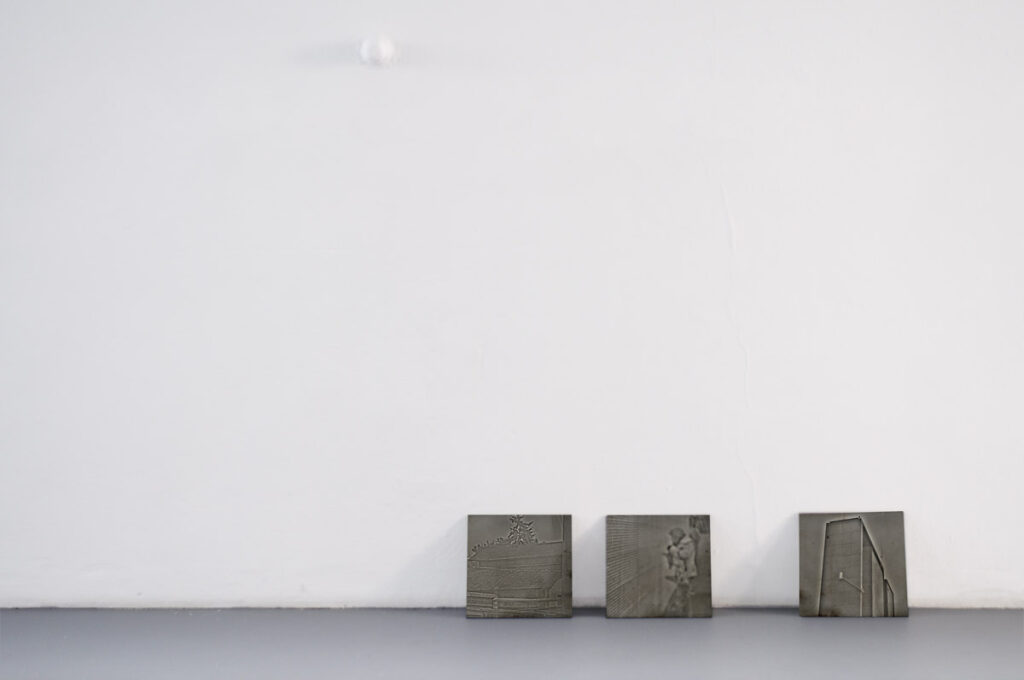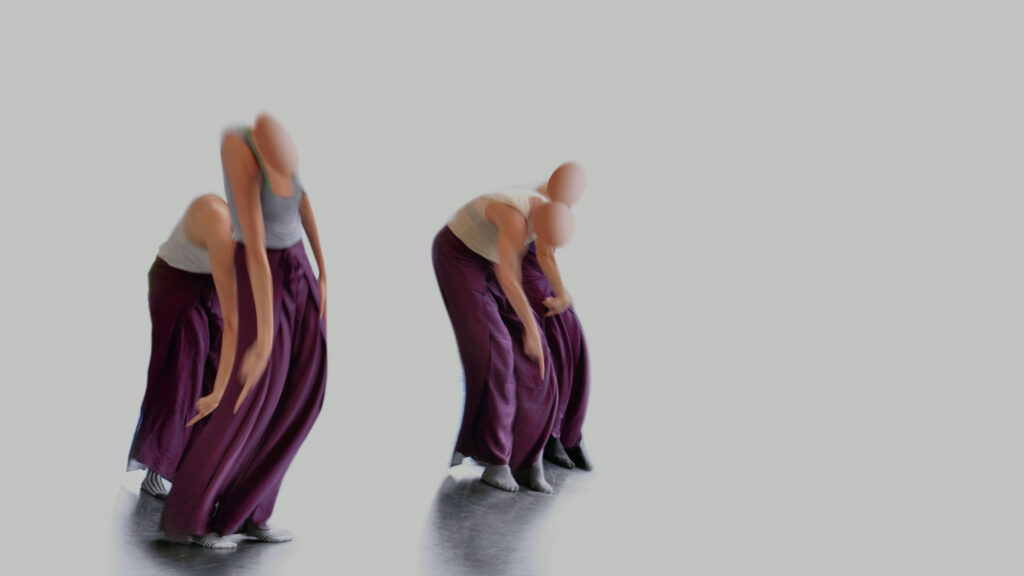
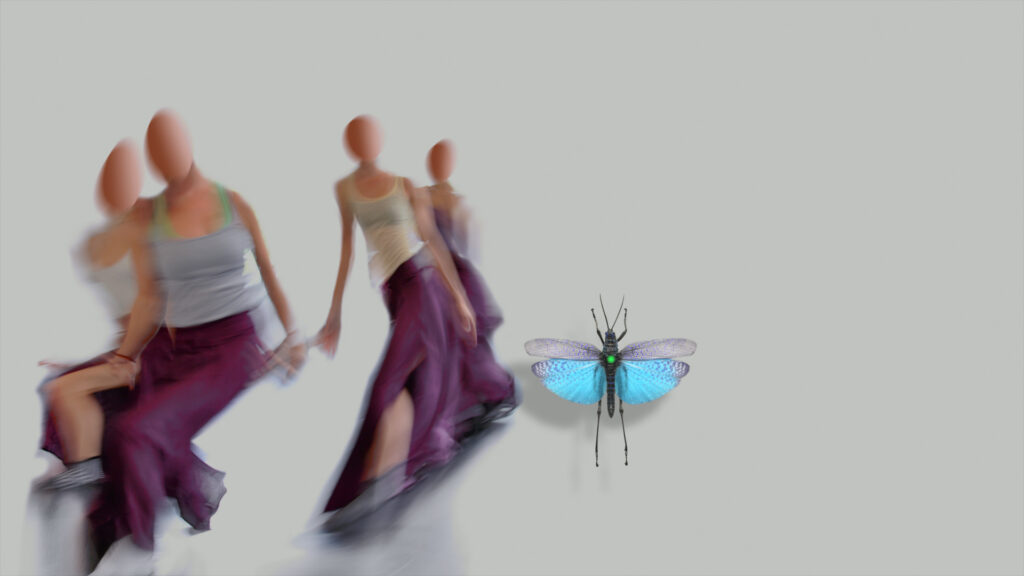
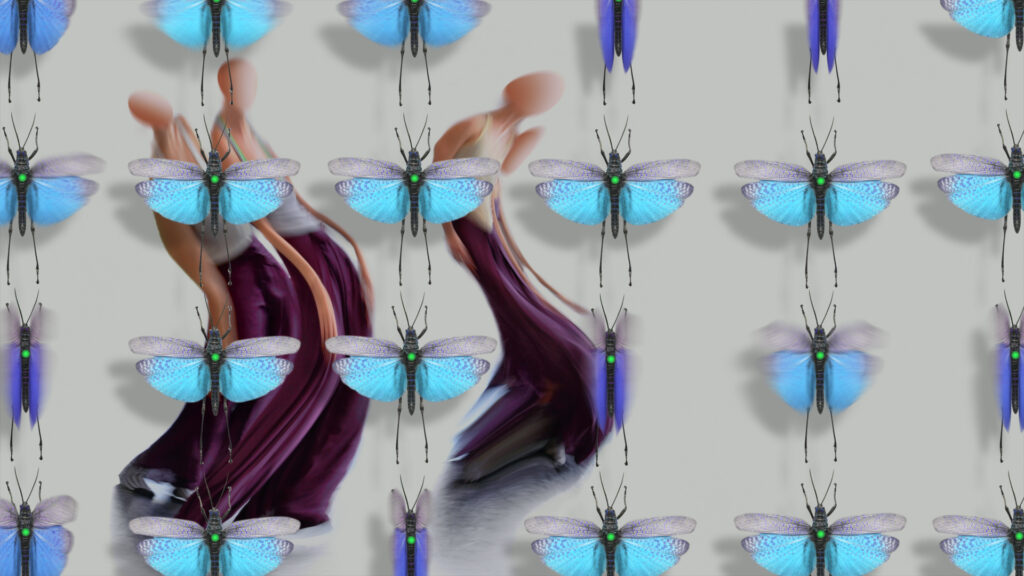
“Come,O death, you brother of sleep,
come and lead me away from here;
release my little ship’s rudder,
bring me to a safe harbour!”
from: Johann Sebastian Bach Kreuzstabkantate, BWV56
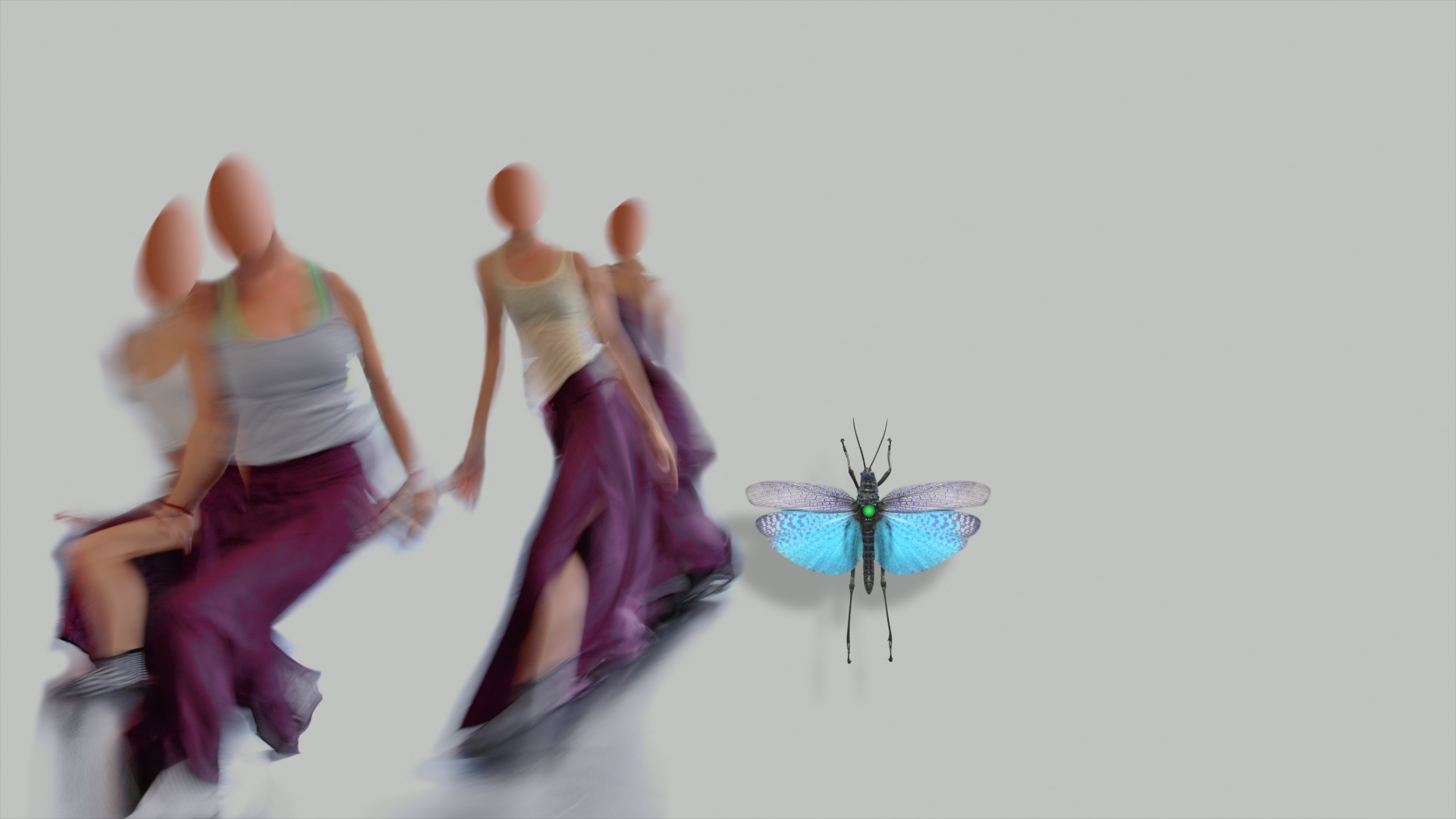



“Come,O death, you brother of sleep,
come and lead me away from here;
release my little ship’s rudder,
bring me to a safe harbour!”
from: Johann Sebastian Bach Kreuzstabkantate, BWV56





The beauty of life and its antropogenic death.
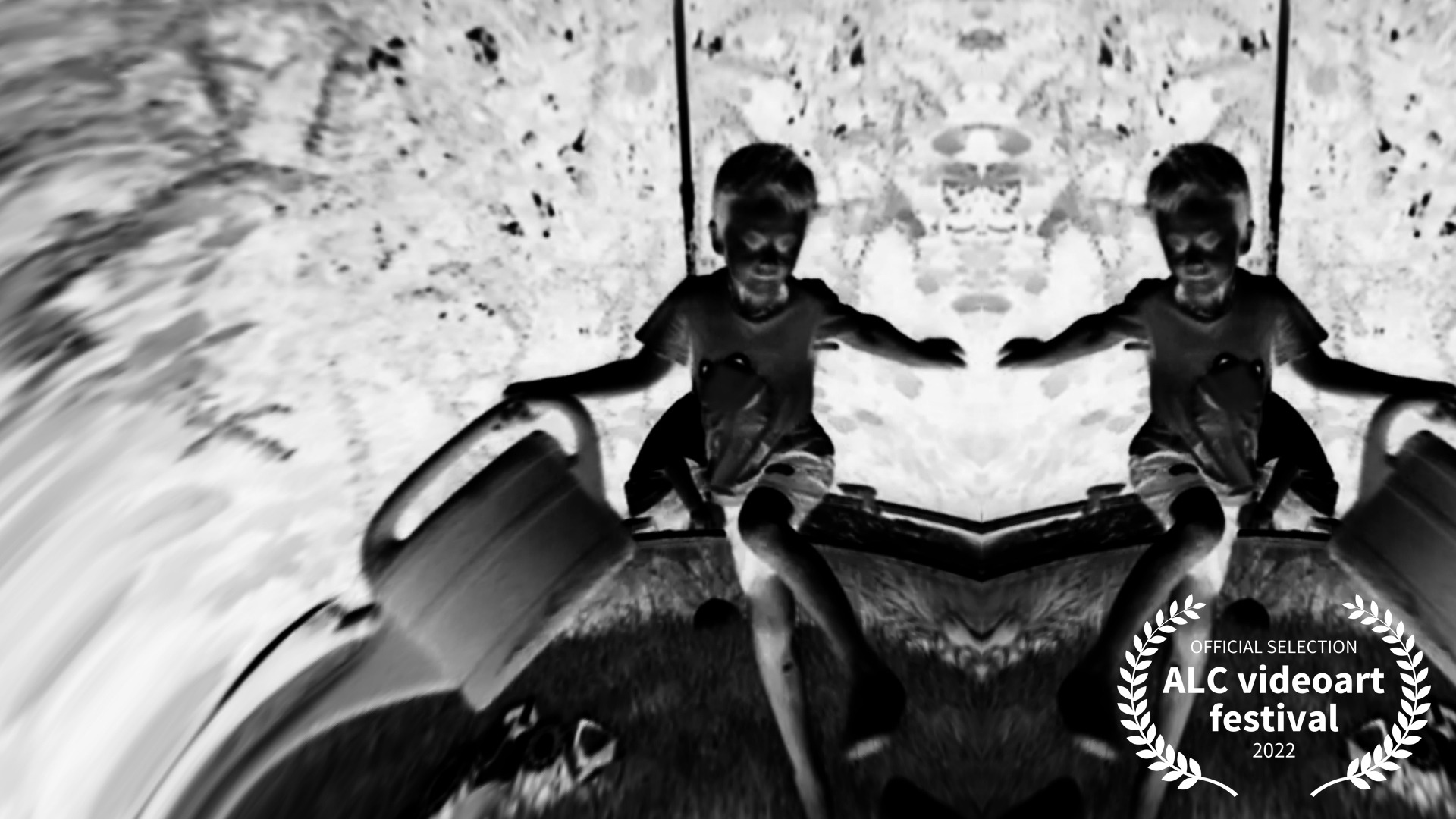
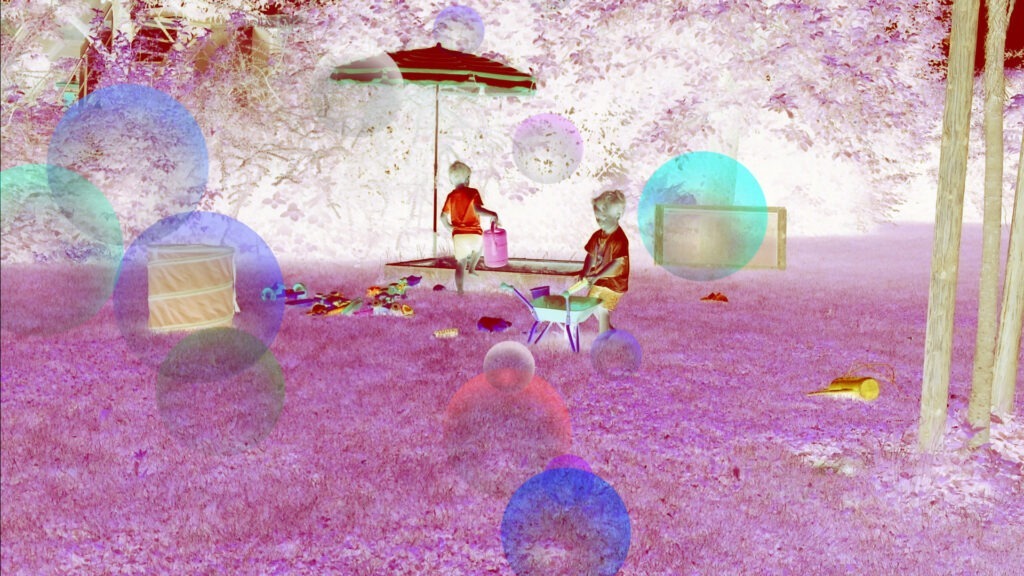
2022, video with sound, animation, 4:45 min
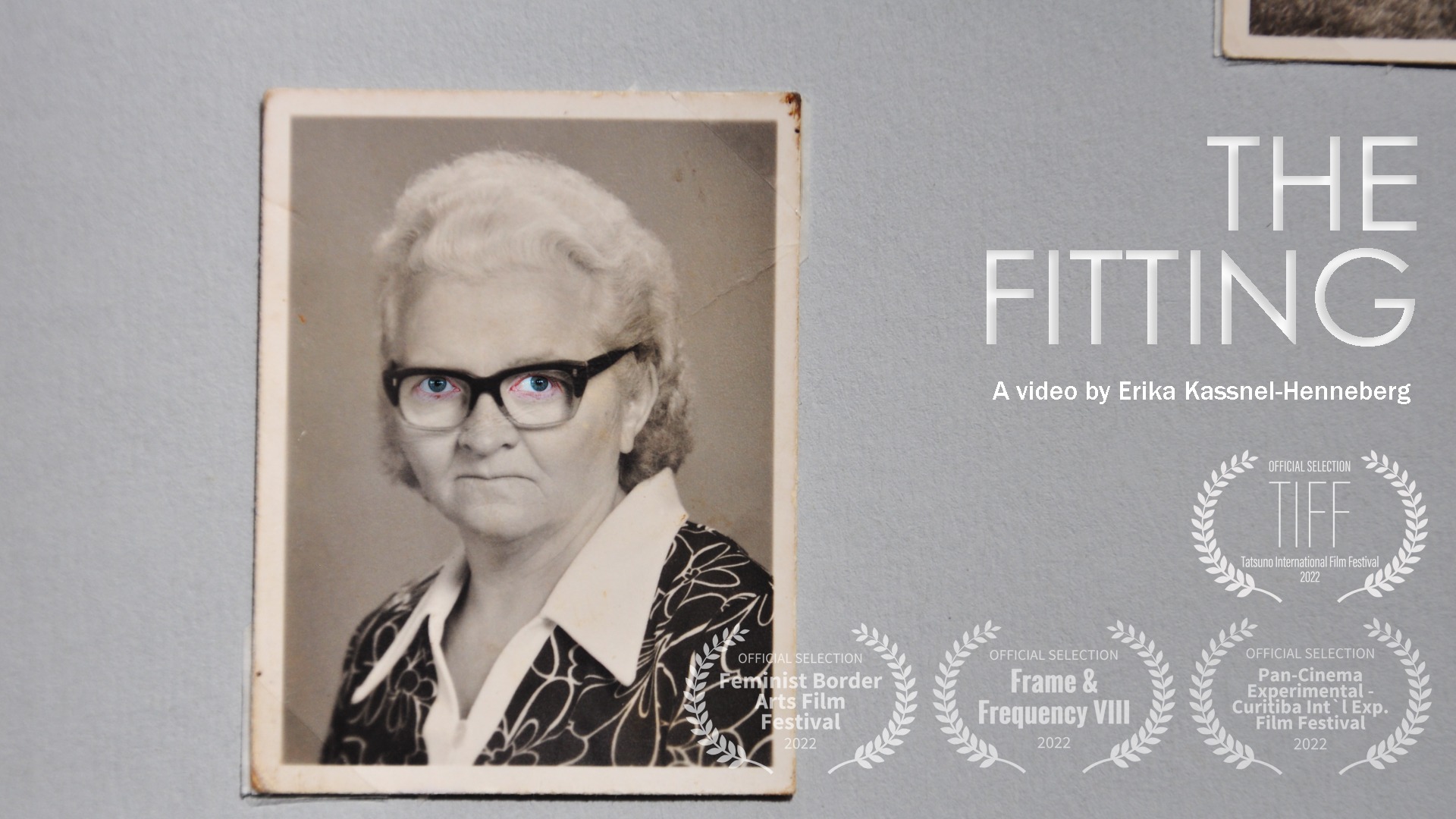
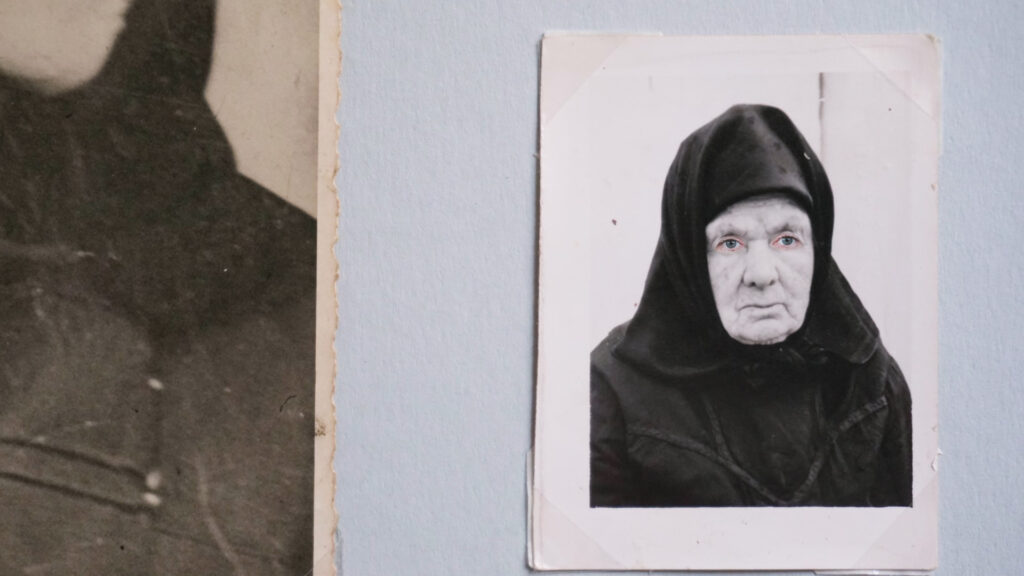
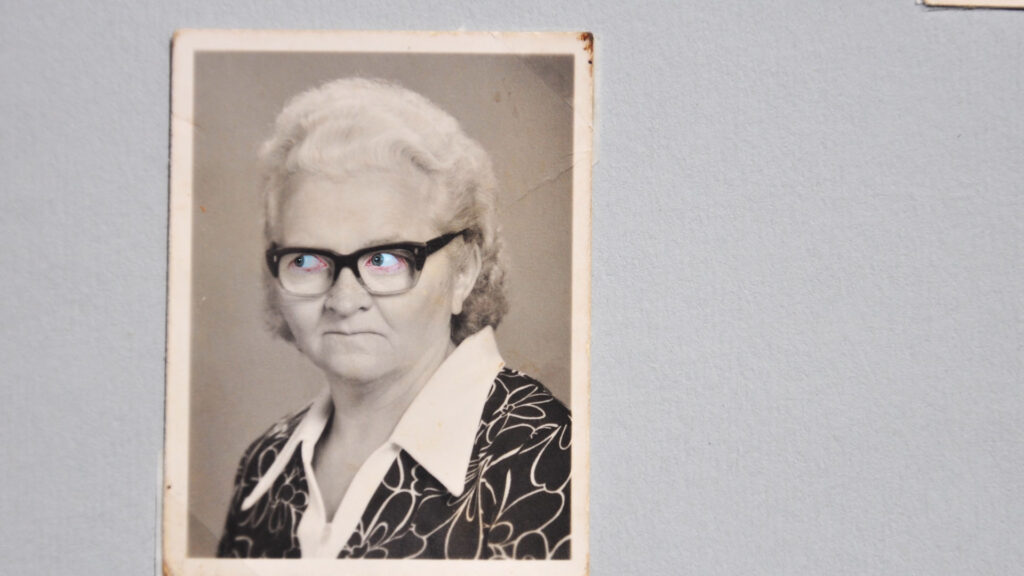
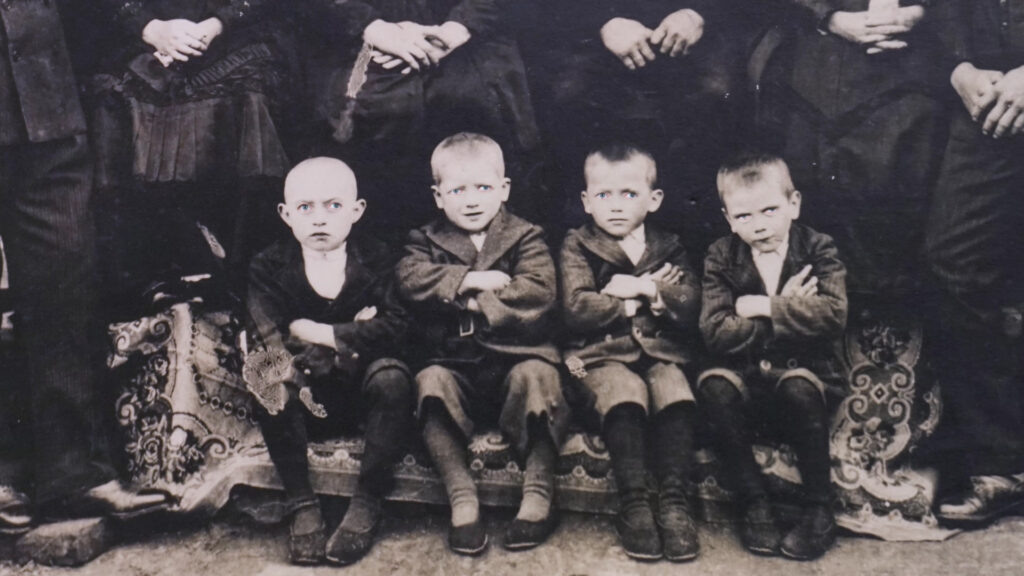
Old photographs in a family album strangely come to life. These are my eyes. I “slip” into my mother like into a piece of clothing, then into my father, my brother, my grandmother, and so on. How does it feel to bring the dead back to life?
They are all people with whom I was connected and whose story I am continuing as a “descendant”. Who am I and what have they made of me? Does a part of them live on in me?




In this work, the viewer finds himself in an oppressive situation of disorientation, unease and foreboding. He is left in the dark about the protagonist, his motivation for his actions and his relationship to the room. At the same time, he is given an uncomfortable proximity to the events that he cannot escape. Children’s hands, breadcrumbs, fire and dead insects make reference to Grimm’s fairy tale “Hansel and Gretel”.
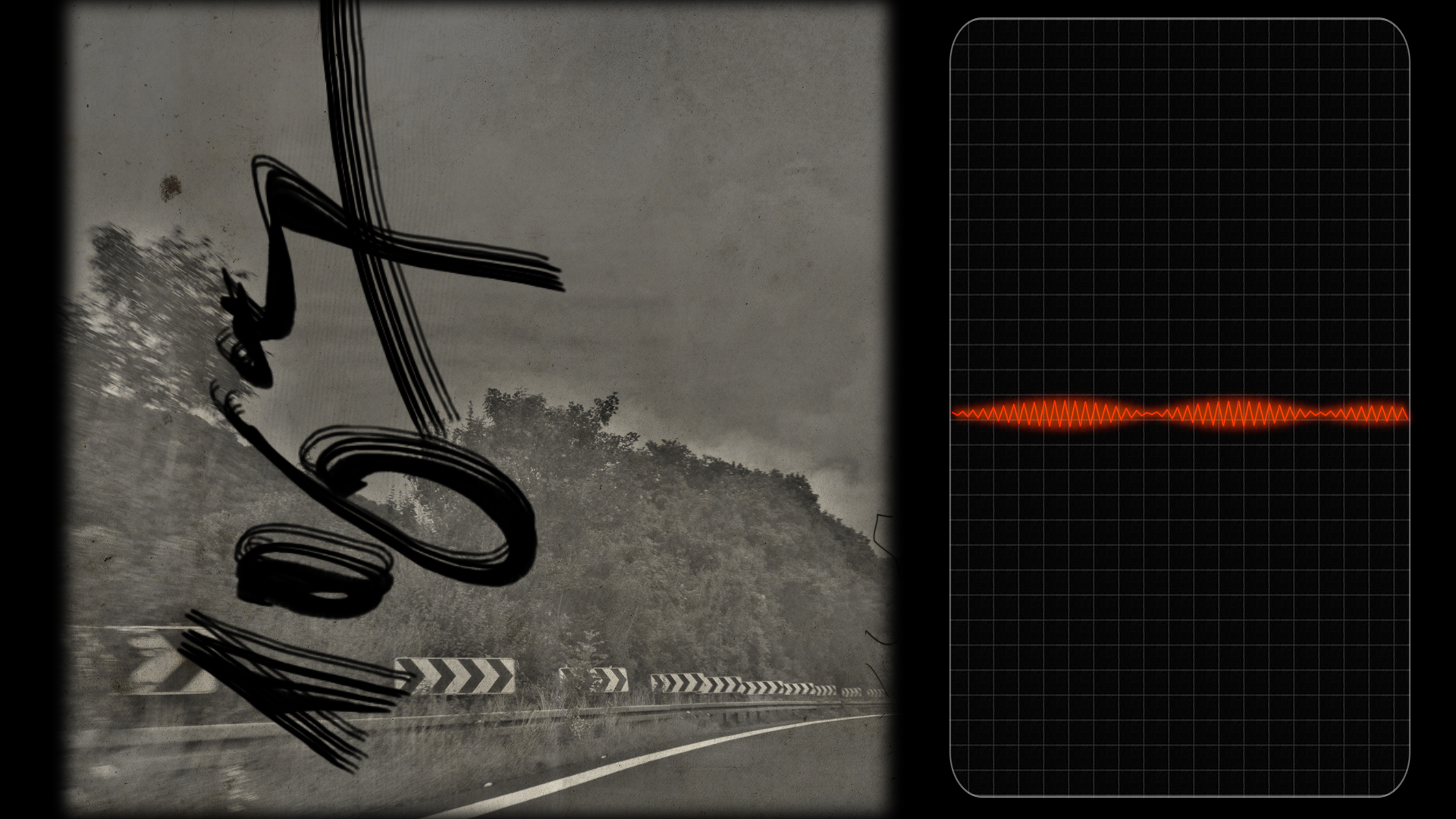
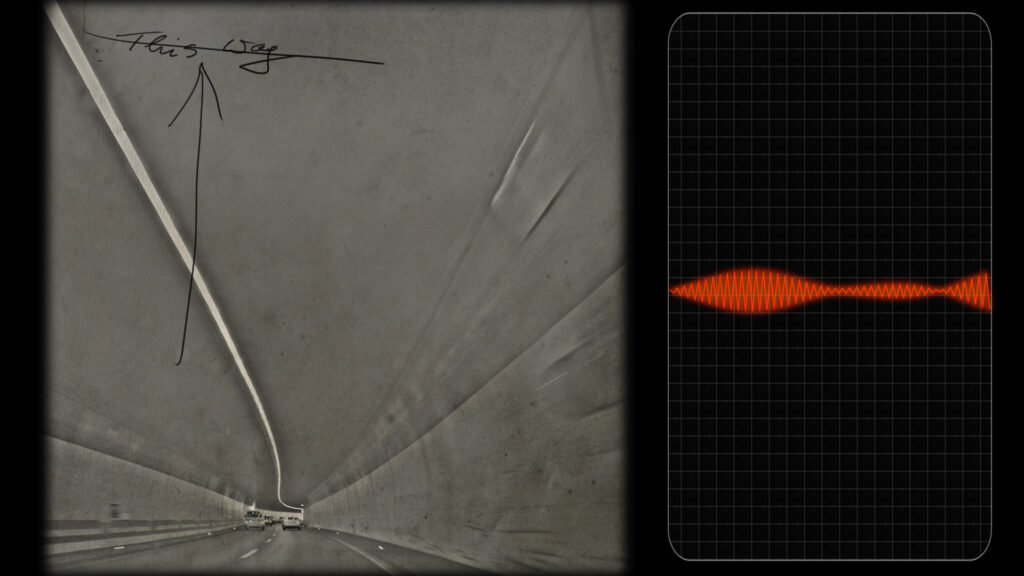
Besides the biblical paradise, there are many “paradises”: childhood or home, for example, are places of longing that are more temporal than spatial. The only way to return to these paradises is to remember. However, the process of remembering is subject to various disturbances. I compare this process to the search for the right radio station, which is disturbed by superimposed frequencies or static noises. Similarly, memory is not always accessible. Often there are only vague images that require a high degree of interpretation.
